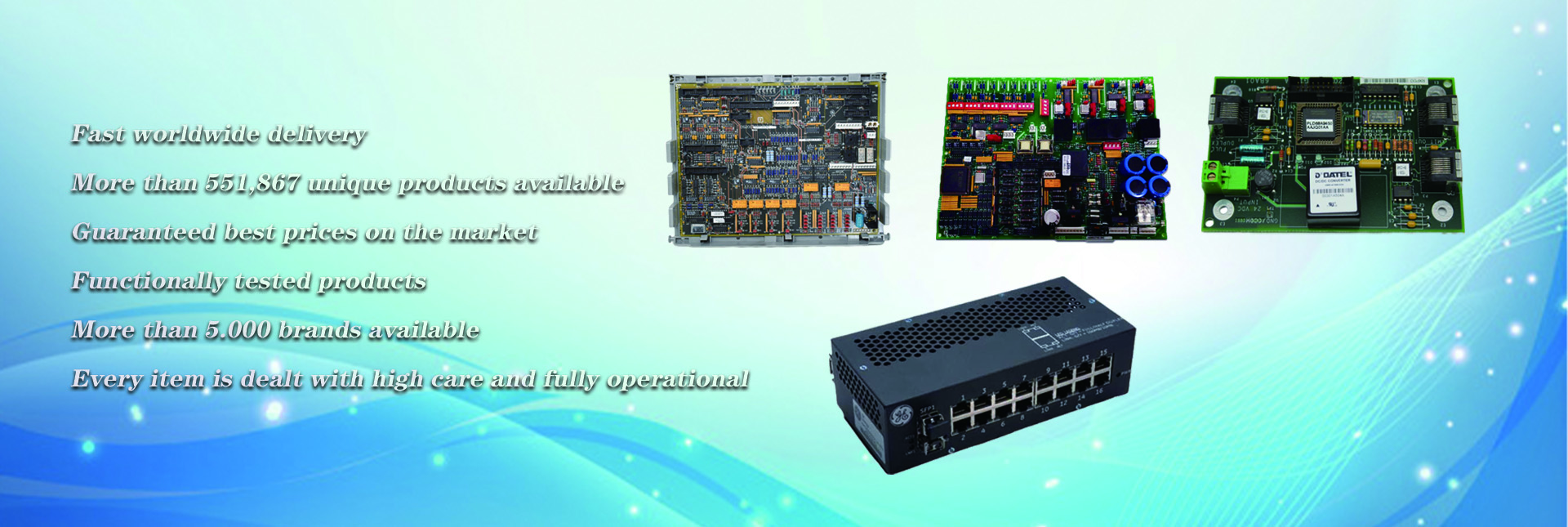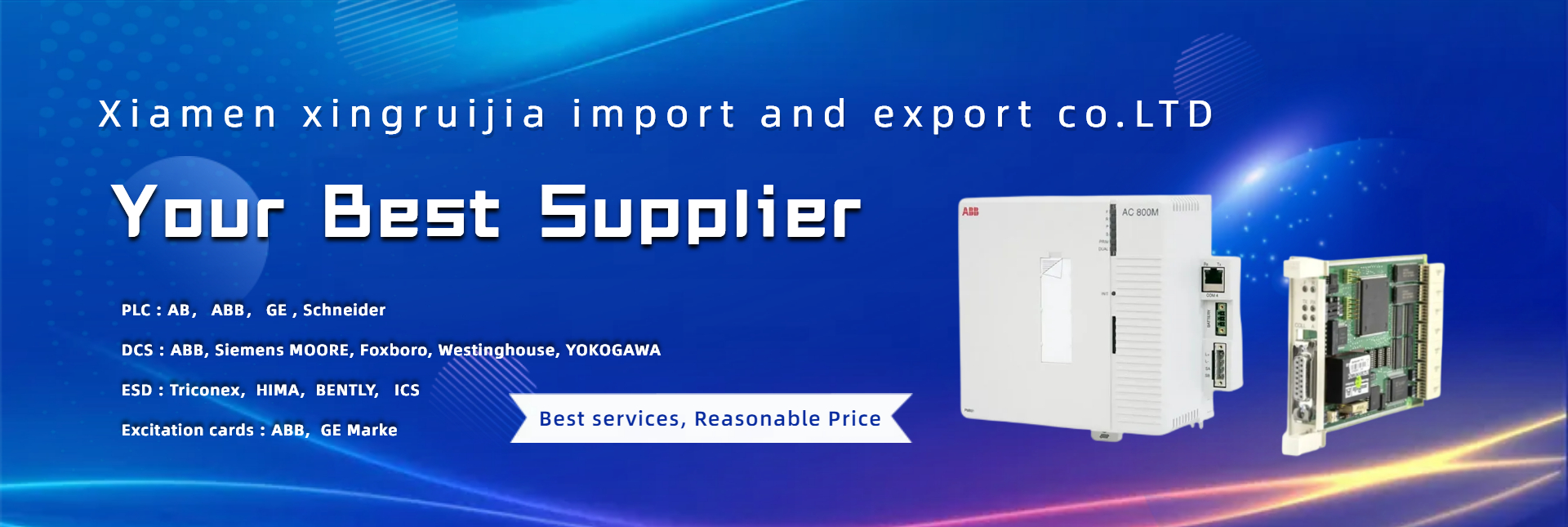1. Storage capacity
Storage capacity refers to the capacity of user program memory. The capacity of user program memory is large, and complex programs can be compiled. Generally speaking, the user memory capacity of small PLC is thousands of words, while that of mainframe is tens of thousands of words.
2. I/O points
The number of input/output (I/O) points is the sum of input signals and output signals that can be accepted by PLC, and is an important indicator to measure the performance of PLC. The more I/O points, the more externally accessible input and output devices, and the larger the control scale.
3. Scanning speed
Scanning speed refers to the speed of PLC executing user program, and is an important indicator to measure PLC performance. Generally, the scanning speed is measured by the time required to scan a 1K word user program, usually in ms/K words. The PLC user manual generally gives the time to execute each command. The scanning speed can be measured by comparing the time taken by various PLCs to execute the same operation.
4. Function and quantity of instructions
The strength and quantity of command functions are also important indicators to measure PLC performance. The stronger the function and quantity of programming instructions, the stronger the processing and control ability of PLC, the simpler and more convenient the user programming, and the easier it is to complete complex control tasks.
5. Type and quantity of internal components
When programming PLC programs, a large number of internal components are needed to store variables, intermediate results, hold data, timing counting, module settings and various flag bits. The more types and quantities of these components, the stronger the ability of PLC to store and process various information.
6. Special function unit
The number of types of special functional units and the strength of functions are important indicators to measure PLC products. In recent years, PLC manufacturers attach great importance to the development of special functional units. The types of special functional units are increasing and their functions are becoming stronger, which makes the control function of PLC increasingly expanded
7. Scalability
The expandability of PLC includes the expansion of I/O points, storage capacity, networking function and various functional modules. When selecting PLC, it is often necessary to consider the expandability of PLC.
Post time: Jan-13-2023


